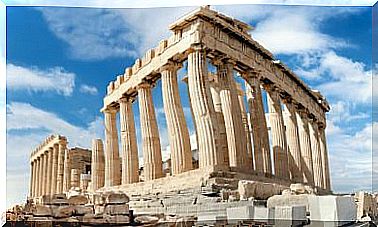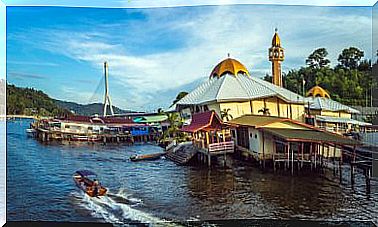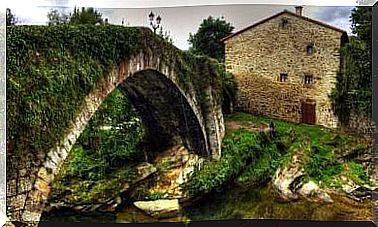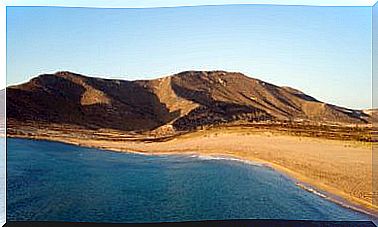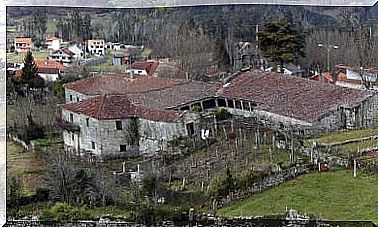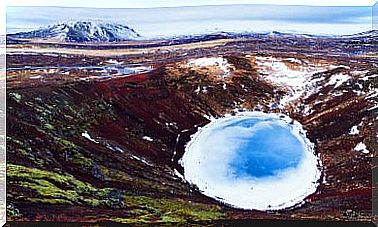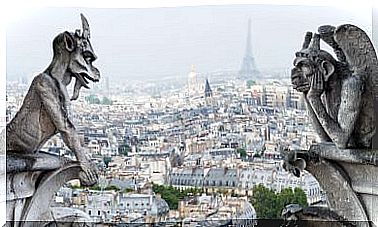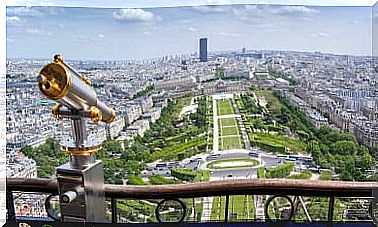12 Curiosities Of The Inca Empire
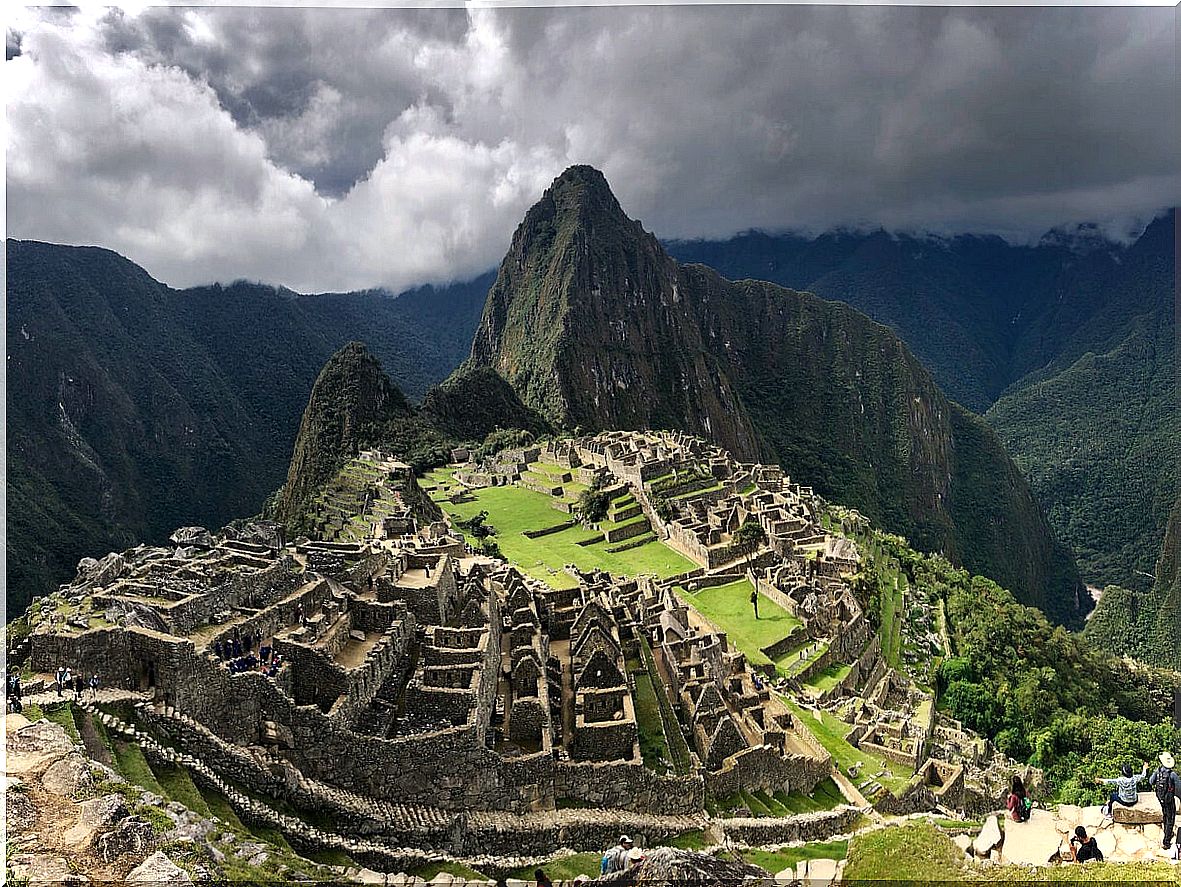
The Incas have for centuries been a source of mysteries that has attracted historians, travelers and people who are fanatical about their rich culture. If you are also interested in knowing more about this civilization, we invite you to discover some curiosities of the Inca Empire.
This great pre-Hispanic culture had very different concepts regarding the way of life and social organization that was known until then, in addition to a particular worldview. However, despite the size and strength of the kingdom, it disappeared, further fueling its legend.
The sum of the 4 territories: the Tahuantisuyo
The Inca Empire administered a territory with more than 2 million square kilometers and 12 million inhabitants. This land was located in part of the current territories of Peru, Bolivia, Colombia, Ecuador, Argentina and Chile. Born of the ancient cultures of the Andean mountains and valleys, the Inca did not survive the Spanish conquest, but its stories still live.
Some of the curiosities of the Inca Empire are legends, but there are also proven facts of a real history that reaches our days through the research work of those who admire the Inca culture and are willing to reveal its secrets. Let’s get started!
1. The name of the Inca Empire
According to the Quechua dictionary, the word used to designate the Inca Empire was:
It comes from the words Tawa, which means ‘four’, and Suyo , which means ‘state’. This refers to the 4 territories of the empire: Chinchaysuyo, Antisuyo, Contisuyo and Collasuyo .
2. The legend of the birth of the Empire
The legendary story was written by the Inca Garcilaso de la Vega and is based on the oral tradition of the Incas. This tells that the Sun god gave a golden rod to the couple of Manco Capac and Mama Ocllo, who from Lake Titicaca marched north in search of the perfect place to found a city.
The gold stake was driven into the Acamama Valley, where the first settlement of the city of Cusco, capital of the empire , emerged . Here Manco Capac was proclaimed as the first Sapa Inca, that is, the sovereign of the community.
3. Inti and the Inca king
The Sapa Inca was the king and was considered to be “son of the Sun”. Furthermore, he himself, his family, and government officials considered themselves the nobility of the Empire.
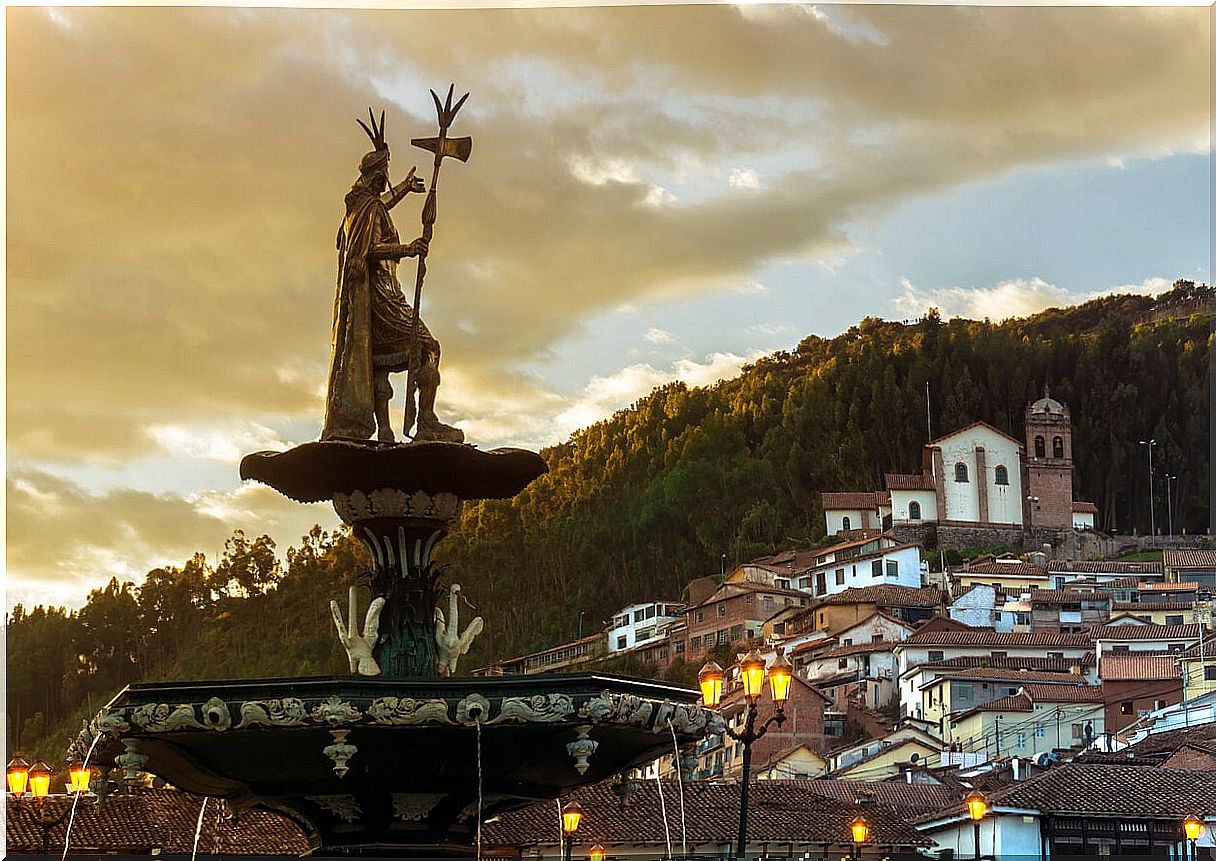
The main cult of the Incas was the worship of the Sun god, whom they called Inti . However, for the people the most popular god was the Wiracocha, also called Apu Qun Tiqsi Wiraqucha, who was believed to be the creator god of the Andean worldview.
4. The 3 worlds of the Incas
In the Inca worldview, 3 worlds coexist:
- the one above, celestial or Hana Pacha, whose representative figure was the condor;
- the terrestrial, present or Kay Pacha , the here and now symbolized by the puma.
- the one below, of the dead or Uku Pacha, represented by the serpent.
Unlike European cultures, the Incas did not conceive of a linear world, but a three-dimensional one. For this reason, for example, they spoke of dead people as if they were still living, a question that puzzled the conquerors.
5. The empire of the 13 kings
The Tawantinsuyu or Tahuantisuyo had 13 Incas from approximately 1200 to 1532, when the Spanish arrived. The first was Manco Capac and the last Atahualpa Capac . Sapa number 9 was the Inca Pachacutec , who ordered the construction of Machu Picchu, approximately in the year 1450.
6. The Incas had no private property
According to Inca beliefs, the land belonged to the Inca, to the state and to the sun. All the inhabitants received a plot to work that they could not sell, since it was not their property.
7. All roads lead to Cusco
The Incas built a network of roads called the Qhapaq Ñan that amounted to about 60,000 kilometers and is compared for its size with the Silk Road between Europe and China. This road structure allowed them to have directly connected the city of Cusco with the “4 territories”.
8. An empire without flag or writing
The flag with the colors of the rainbow that today we know as the “flag of Cuzco” was not that of the Inca Empire. The banner they used was that of the Inca king of the time with his insignia and figures, and it was not a symbol of representation of the State.
As for writing, they also did not have a system in the strict sense of the word. What was used was an object called a quipu – in Quechua khipu , which means ‘knot’, ‘ligature’, ‘tie’ – which was used to store data, record ceremonies and make accounts.
These elements built with a support pole and ropes that were knotted forming what is supposed to be a type of spelling, were for the exclusive use of administrators, called khipu kamayuqkuna . The Jesuit José de Acosta in 1590 described them as:
9. The language of the Incas
The great extension of the empire formed by the annexation of different territories with diverse cultures resulted in a multicultural state where several languages were spoken:
- Quechua: in almost the entire territory.
- Puquina and Aymará: in the area of Lake Titicaca.
- Cacán : in the southern territories.
- Quingnam : in the coastal area of central Peru.
- Mochica: in the north of Peru.
10. The Incas discovered Easter Island
One of the curiosities of the Inca Empire that attracts the most attention is that, according to some historians, they discovered Easter Island and present-day French Polynesia.

According to some research, the tenth Sapa Inca, Túpac Yupanqui, organized a maritime expedition with 20,000 men to search for gold on distant islands. In that adventure, he discovered the island of Rapa Nui and Mangareva. The Kon-tiki crossing in 1947, by the Norwegian explorer Thor Heyerdahl, would confirm part of this theory.
11. Architecture as an expression of power
Undoubtedly, this was the art most developed by the Incas, especially in gigantic works built by the Cuzco nobility to highlight their power and supremacy before their communities. The Machu Picchu is one of the most important testimonies of Inca architecture.
12. Coca and other medicinal plants
The Incas knew the healing powers of plants and used them for various purposes. Coca was used for altitude sickness and, together with chicha, derived from corn, they were used as anesthesia. They even knew about the effectiveness of the cinchona plant against malaria.
Curiosities of the Inca Empire: knowing to understand
Legends and stories about the Inca Empire have always attracted those who are interested in various cultures and value their legacy as part of the history of human society as a whole.
The Incas have contributed to the region forms of production, architecture, mythology and, above all, a way of living in total harmony and great respect for nature, whom they call “Mother Earth” or Pachamama .
The curiosities of the Inca Empire are part of its identity and its knowledge allows you to know more about its culture and assess the real importance of this great pre-Columbian civilization in the history of the American continent. Did you know that General Manuel Belgrano, creator of the Argentine flag, proposed in 1816 the creation of a monarchical state whose king would be an Inca? That’s another funny story, right?

